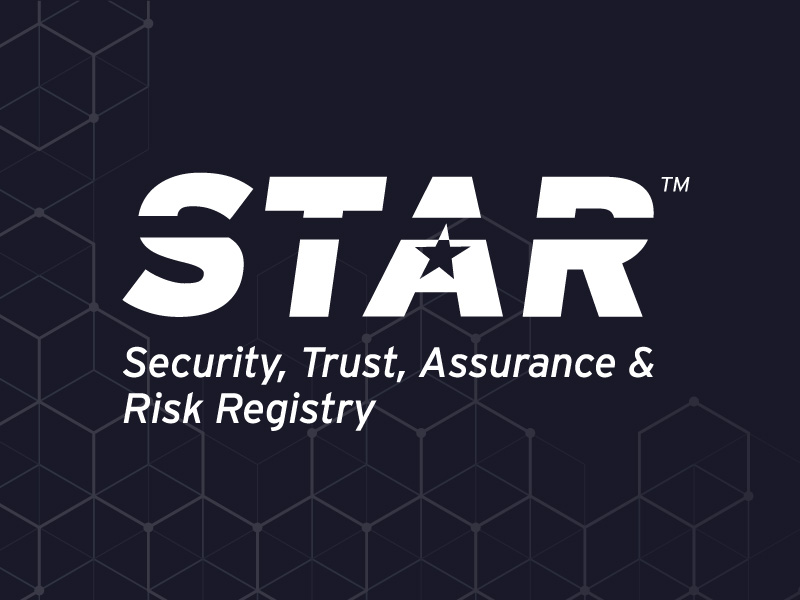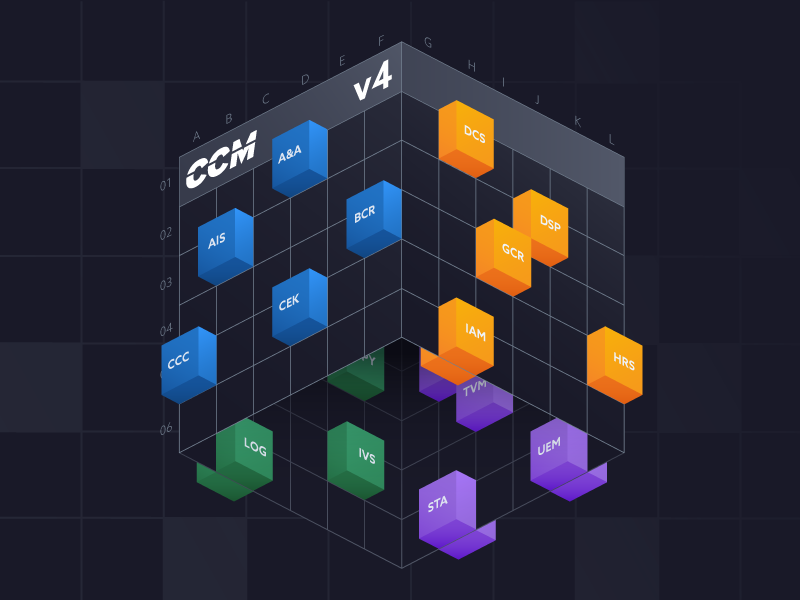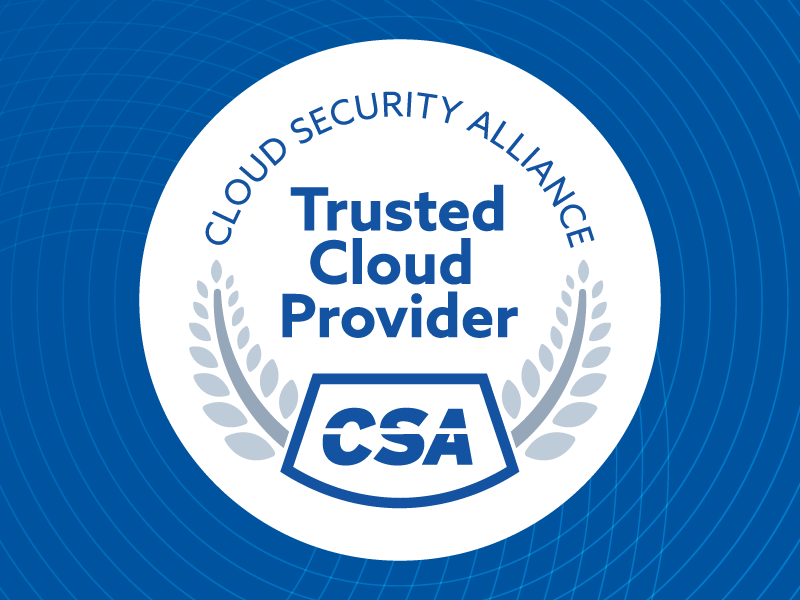What is Continuous Compliance, and How Can Your Team Actually Achieve It?
Published 09/08/2025
Originally published by Scrut Automation.
Written by Amrita Agnihotri.
How often does your team scramble just before an audit, only to go quiet once the reports are filed? It’s a pattern most organizations recognize, but it’s also one that leaves gaps in security and compliance.
Instead of swinging between over-preparation and silence, continuous compliance offers a steadier path. It means embedding compliance into your daily operations so that you’re always audit-ready, not just when someone’s checking.
And the numbers back this up. The 2024 IBM Cost of a Data Breach Report puts the global average cost of a data breach at $4.88 million, marking a sharp 10% rise from last year. But here’s the catch: organizations that extensively used AI and automation in their security operations — both key enablers of continuous compliance — saved an average of $1.88 million per breach compared to those that didn’t. That kind of savings can be the tipping point between struggling to recover and emerging stronger after a breach.
So, what is continuous compliance?
Continuous compliance means embedding security and regulatory practices into your everyday operations — not just doing the bare minimum to get through an audit. It’s a shift from periodic reviews to real-time visibility and action.
Picture compliance as a security camera. Traditional compliance takes a snapshot every few months. Continuous compliance? It’s the 24/7 live feed.
Instead of waiting for annual audits to uncover issues, you're continuously tracking control health, policy acknowledgments, vendor risks, and more. This approach helps you detect problems early and fix them before they escalate into audit findings or incidents.
It gives teams working with frameworks and regulations like SOC 2, ISO 27001, HIPAA, or PCI DSS the ability to stay prepared, not just when someone asks for proof, but always.
Why continuous compliance matters

Compliance doesn’t work well when it’s a one-off effort. Controls drift, vendors change, team members forget to complete training — and before you know it, you’re out of alignment with key requirements.
Here are the benefits of implementing continuous compliance in your organization:
1. It helps you catch compliance problems early, not after they’ve snowballed.
Compliance gaps like expired access permissions or missing vendor assessments can go unnoticed for months in traditional models. Continuous compliance highlights those issues in real time, before they turn into audit flags or incidents.
2. It reduces the manual burden on small teams.
Collecting evidence, tracking policies, and mapping controls manually eats up valuable time. With continuous compliance, these tasks are automated — freeing up your security, IT, and GRC teams, including the risk managers, security analysts, and compliance managers, to focus on higher-impact work.
3. It supports compliance across multiple frameworks and regulations.
Most companies today align with a mix of standards and regulations. Whether it’s SOC 2, ISO 27001, GDPR, or HIPAA, continuous compliance helps you build once and comply across frameworks through mapped controls and shared monitoring.
4. It builds credibility with customers and partners.
Clients are increasingly asking tough questions about how their data is handled, especially when it involves sensitive information like financial records, health data, employee PII, or customer usage logs. When you’re continuously compliant, you don’t just promise security — you can prove it, any time.

What makes continuous compliance hard to achieve?
On paper, continuous compliance sounds like a no-brainer. In practice? It’s hard to pull off — especially without the right systems and support in place.
Here are some of the biggest challenges companies run into while implementing continuous compliance:
Disjointed tools and lack of real-time visibility
Security, HR, cloud, ticketing — compliance data lives in too many places. When tools don’t integrate, teams spend more time gathering evidence than managing risk. Without real-time dashboards or alerts, control failures and policy gaps can go undetected — delaying response and increasing risk during audits or breaches.
Manual processes that don’t scale
If your compliance program still runs on spreadsheets, shared folders, and back-and-forth emails, it’s only a matter of time before something slips. As your team grows and frameworks multiply, manual work becomes the bottleneck.
Skills and resource gaps
Continuous compliance requires a mix of legal, security, and technical expertise. But many teams — especially at early-stage or resource-constrained companies — don’t have dedicated compliance staff. The result? Compliance becomes “someone’s side job.”
Constantly evolving requirements and internal resistance
Frameworks keep evolving — ISO 27001:2022, NIST CSF 2.0, DPDPA, and PCI DSS v4.0 — and what worked last year may not work now. Shifting from reactive to continuous compliance can also be met with resistance from teams used to legacy processes or wary of automation. Keeping up means navigating both technical updates and organizational change.
Vendor sprawl and third-party risk
Modern businesses rely heavily on vendors — each with their own risks and documentation standards. Managing them all, especially without centralized oversight, adds another layer of complexity to compliance.
Steps to implement continuous compliance
If you’re moving from periodic compliance checks to a continuous model, the process doesn’t have to be overwhelming. Think of it less like a massive overhaul and more like shifting gears — steadily and intentionally.
Here’s a simple, five-step approach to get started:
1. Establish your baseline
Start by mapping out where you are. Which frameworks and regulations apply to you — SOC 2, ISO 27001, HIPAA, GDPR? Which controls are in place? Which aren’t?
2. Automate wherever possible
Manual work kills momentum. Use automation to track policies, collect evidence, and monitor controls across your cloud, HR, and IT systems.
3. Define ownership and accountability
Compliance isn’t just the GRC team’s responsibility. Make it a shared effort by assigning control owners, policy reviewers, and risk managers — all with clear workflows.
4. Monitor continuously and act fast
This is where continuous compliance really takes shape. Set up automated control tests, monitor risk posture in real time, and respond quickly when something breaks.
5. Review, report, repeat
Finally, set a rhythm. Compliance isn’t static, so your reviews shouldn’t be either. Run monthly check-ins, update your risk register, and reassign policies or controls as the business evolves.

Conclusion
Continuous compliance isn’t just a smarter way to manage audits; it’s how modern teams stay secure, agile, and trusted. With the right systems in place, it stops being a burden and starts becoming business as usual. And the best part? You’re always ready — even when no one’s watching.
Unlock Cloud Security Insights
Subscribe to our newsletter for the latest expert trends and updates
Related Articles:
Why Agentic AI Matters for the Future of Cybersecurity
Published: 01/06/2026
Choosing the Right Key Responsibility Model
Published: 01/05/2026
IaC Security in the Age of AI: New Threats, Smarter Solutions
Published: 01/05/2026
AAGATE: A NIST AI RMF-Aligned Governance Platform for Agentic AI
Published: 12/22/2025





.png)
.jpeg)
.jpeg)
.jpeg)
.jpeg)